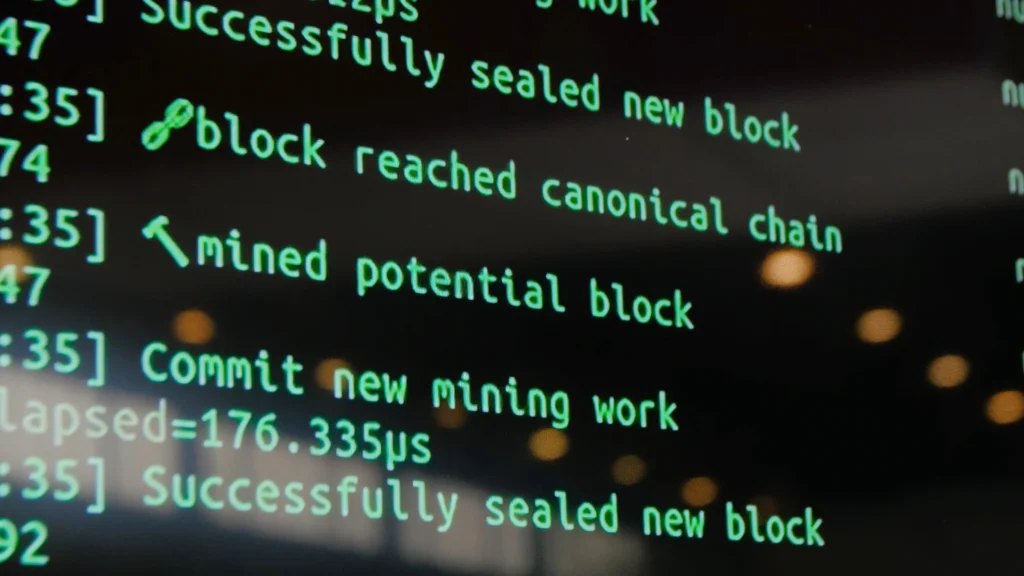1. Introduction to Fuzzing
Understand the fundamentals of fuzzing, including its history, importance in security testing, and its role in uncovering zero-day vulnerabilities. Participants will also learn about the different types of fuzzers and their applications.
2. Fuzzing Strategies and Tools
Explore key fuzzing strategies, including mutation-based and generation-based fuzzing. This module provides hands-on experience with industry-standard tools such as AFL (American Fuzzy Lop), libFuzzer, and Honggfuzz.
3. Symbolic Execution and Hybrid Fuzzing
Gain an edge in vulnerability research with advanced fuzzing techniques like symbolic execution and hybrid fuzzing. Learn to integrate fuzzing tools with symbolic analysis to achieve deeper code coverage.
4. Targeted Application Fuzzing
Focus on specific targets such as binaries, network applications, and APIs. Learn how to prepare applications for fuzzing by setting up test environments, instrumenting code, and defining fuzzing input formats.
5. Crash Analysis and Triage
Master the art of analyzing crashes generated during fuzzing sessions. This module covers stack traces, memory dumps, and tools to triage findings, helping participants determine exploitability and prioritize vulnerabilities.
6. Hands-On Labs and Real-World Scenarios
Practice fuzzing on real-world applications in controlled labs. Participants will work on scenarios that simulate real vulnerabilities, enhancing their ability to detect and mitigate security flaws in practical settings.
7. Reporting and Exploitation Path Analysis
Learn how to document fuzzing findings effectively for developers, clients, or public disclosures. This module also explores the path from crash to exploit, helping participants understand how vulnerabilities can be weaponized.
Why Choose This Course?
Comprehensive Fuzzing Techniques
This training covers the full spectrum of fuzzing, from basic methodologies to advanced hybrid techniques.
Practical, Hands-On Learning
Through immersive labs and real-world exercises, participants gain actionable skills that can be immediately applied to vulnerability research and application security testing.
Real-World Applications
Focus on practical fuzzing scenarios to uncover flaws in software applications, making this training directly relevant to current security challenges.
Expert Instruction
Learn from seasoned professionals with extensive experience in vulnerability research, fuzzing tools, and exploit development.

Tangible Outcomes
Upon completion of this training, participants will be equipped to:
- Understand and apply various fuzzing techniques to different types of applications.
- Use advanced tools like AFL, libFuzzer, and hybrid fuzzers to uncover vulnerabilities.
- Analyze and triage crashes to determine exploitability.
- Set up effective fuzzing environments tailored to specific targets.
- Document findings and understand exploitation paths for identified vulnerabilities.
- This course is ideal for security researchers, penetration testers, software developers, and anyone looking to master the art of fuzzing and vulnerability discovery.

